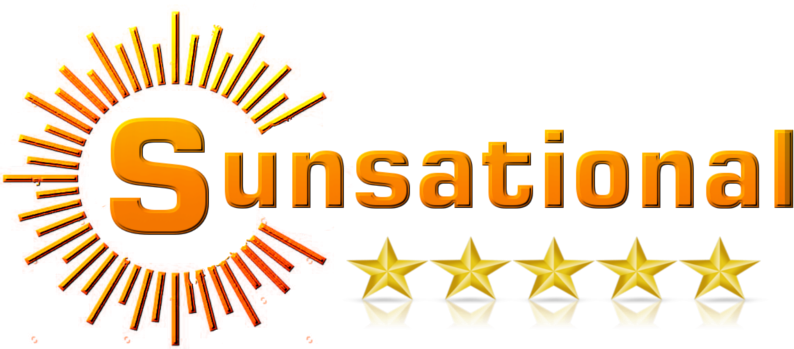Clinical data shows that Red Light phototherapy is a simple, safe treatment that can offer a robust appearance to damaged facial skin. The light-based therapy, bears similarity to photosynthesis. Unlike lasers and intense pulsed light devices that use heat, the Red Light technology is, non-ablative narrow band of light that focuses beneath the skin to energize cells in much the same way that the sun’s energy stimulates a plant.
“Skin can be smoothed without using heat, without pain, and without risk,” said Robert A. Weiss, M.D., Baltimore, Md. “It’s a new way to induce collagen formation without heating the skin … it’s the closest thing to a laser without being a laser.” As lead investigator of a 12-month, multi-site clinical trial, Dr. Weiss presented his findings at the American Society for Laser Medicine and Surgery meeting.
NASA was one of the first organizations to examine phototherapy in recent times: they were trying to develop a technology to accelerate the growth of plants, presumably for space travel. What they got, instead, was a technology that doubles the healing speed of human tissue. Shine the light on a cut, burn, lesion, sprain, or other injury, and it heals in half the time. The U.S. military has been testing units, too. Soldiers engaged in recent war efforts have been using light therapy to heal bullet wounds, among other injuries. The results have been phenomenal (around a 200% boost in the speed of healing).
How Can Red Light Reduce Discomfort In the Body and Accelerate the Recovery of Damaged Tissue?
Cellular tissue contains within itself the ability to self-repair at a specific rate. There are molecules within the cells called photo-acceptors that, when activated, accelerate or speed up the cell repair process. These photo-acceptors can be activated only by a single wavelength light like that produced by a low power laser or by safe light emitting Red Light. When the light source is pulsing (turning on and off rapidly) it stimulates cell growth and when it is continuous (solid) it sedates the cell reducing pain and tension. Stimulation not only speeds up the repair of recent cell damage, but often starts old chronic conditions to start renewing again. The general public can use photo- therapy because they are safer, have no side effects, cannot be overused, and require very little expertise to operate. A low power laser, in comparison, requires a trained and licensed practitioner to apply it.
In the past thirty years, research has demonstrated that cell tissue responds to certain single frequencies of low power light. One of the most successful of these is 660 nanometers in wavelength, which is in the red spectrum. This type of light is produced by both soft lasers (administered by medical practitioners) and light sources producing light at the specific wavelength. Red Light Collagen beds are safe for adults, children and the elderly to self administer. The light quanta (photons) are absorbed by the skin and underlying tissue, triggering biological changes within the body in a process known as “photobiostimulation”. There are molecules within the cells called photo-acceptors that, when activated, accelerate or speed up the cell repair process. These photo-acceptors can be activated only by a single wavelength frequency of light. Monochromatic light increases oxygen and blood flow, accelerates wound healing, and facilitates pain reduction and muscular relaxation. The whole field of soft lasers in medicine and physiotherapy is relatively new. The majority of earlier soft laser research is directly applicable to the later use of Red Light Tubes (which are safer, longer lasting and less expensive). Red Light Therapy cannot be overused since cells will stop responding when healing is complete. Light can be applied directly to tissue or applied via meridians and acupuncture points. Direct application results in effective penetration deep into the tissue. Meridians can be used to deliver light into the body because monochromatic light travels through the meridians like an optical fiber. Single frequency light is also a well known method for stimulating or sedating acupuncture and acupressure points
“Photo-Stimulation” technology produced by Red Light.
The following uses represent those problem areas where a significant number of researched techniques, reported testimonies and observed results have been recorded:
- Meridian Balancing
- Trigger Point Stimulation
- Acupuncture Point Stimulation
- Reflexology Point Stimulation
- Energy Balancing & Stimulation
- Accelerated Wound Healing
- Addictive Habit Reduction: Tobacco, Food, Drugs & Alcohol
- Arthritis
- Asthma
- Back Pain
- Blood-Building
- Burns
- Circulation Improvement
- Emotion
- Eyes & Ears
- Facial Toning (Wrinkle Reduction)
- Food Allergies
- Headaches
- Herpes
- Insect Stings & Bites
- Pain Relief
- Sinus Relief
- Skin Condition
- Muscle Sprains
- Stress Release
- Swelling Reduction
- Teeth & Gums
- Ulcers
- Whiplash

Comments are closed.